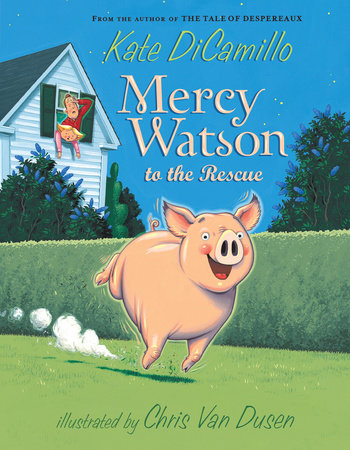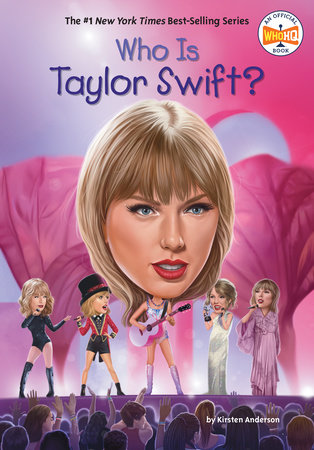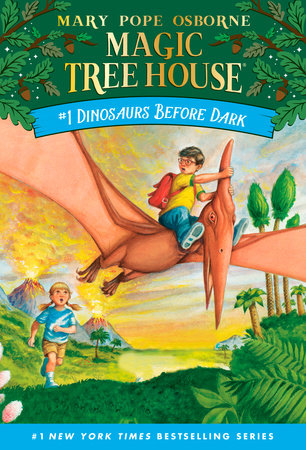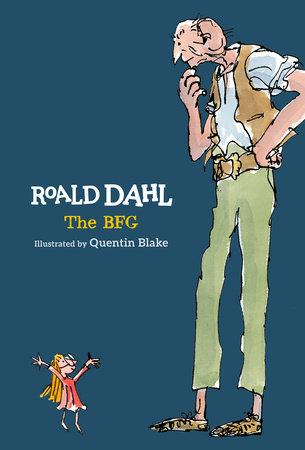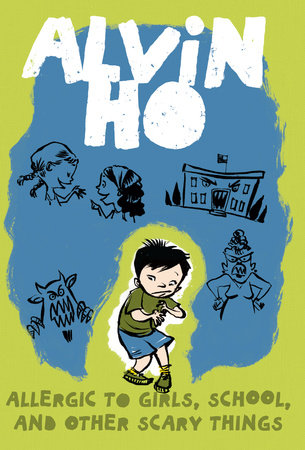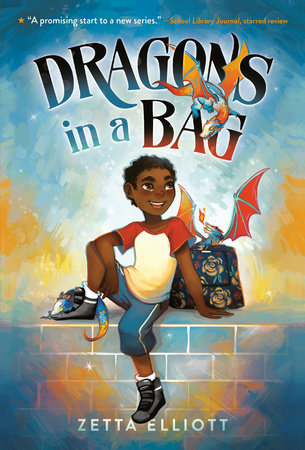Kid-Approved Books for Struggling Second and Third Grade Readers
by Laura Lambert
Woe is the parent who loves children’s books while raising a reluctant reader — especially when the books start getting really good, around second and third grade. We know that reading by age nine is an important educational milestone, but, at that age, some kids who can read at grade level still don’t.
To help, I asked Bob Cunningham, executive director of learning development at Understood, an organization dedicated to helping kids who learn and think differently, what he knows about what works for kids this age.
“Second and third grade is about how you make meaning out of what you’re reading,” he says, which is why it’s such a ripe time for readers. But skills at this age vary quite a bit.
“If you have a child with dyslexia who really struggles with learning or thinking differently, you want to make sure you’re paying attention to that work,” he says. Beyond that, however, there is a lot of flexibility when it comes to helping reluctant or struggling readers find their footing — and Cunningham has a few tips to keep in mind.
Don’t just focus on the mechanics. Mechanics are important, of course — but that’s not all there is to reading. “You ignore what your mind does with the reading — the comprehension part, what you’re actually doing with the information you’re gathering from the reading,” he says.
Get a little help. Parents can’t always sit right next to a child to switch off reading paragraphs or assist with more complex text — and that’s fine. Cunningham suggests using all technology that’s available to you. Try using voice to text or apps that read to your child, and then level up from there.
Think in kid time, not adult time. “We forget that 10 minutes of real attention to reading with your child is a phenomenal amount,” says Cunningham. “You don’t have to set aside an hour to sit with your kid and read or help them. Any amount of time to devote to it will have an outsized effect.”
Interest is everything at this age. “Most kids don’t hate everything,” says Cunningham, so he always starts with their interests. “Because reading as a mechanical process is the same whether it’s a boring or an exciting book, you can still learn the same kind of skills, still improve your understanding, and grow your vocabulary.”
Use nonfiction as a bridge to fiction. Nonfiction formats are a great way to open the door to topic-oriented chapters books, says Cunningham. Kids who love horses, for instance, might start with browsing Gallop! 100 Fun Facts About Horses (a National Geographic book) then move on to Horse Heroes, a nonfiction companion book from the Magic Tree House series, and then perhaps to Stallion by Starlight, the related Magic Tree House novel itself. Voila!
Don’t knock graphic novels. “Reading only graphic novels is not a great strategy,” says Cunningham — who typically recommends a mix of genres. “For a really reluctant reader, though, if that’s what you can do, then by all means.”
Consider all genres. “Like poetry,” he says, “just to give your kid broader exposure to what reading is.” Even song lyrics cover rhythm, rhyme, and storytelling.
Narrative is everywhere. This is by far the most important piece of the puzzle, says Cunningham. “Language strategies are the same whether it’s something you see and hear or things you read,” he explains. The media children consume, as well as the world around them, offer plenty of opportunities to talk about the beginning, middle, and end of a story, to answer who-what-where-when-why, or to get at character development and motivation.
“It’s all narrative,” says Cunningham. And parents should use it. “Make sure you are paying attention to narrative situations outside of the printed word so your child can continue to develop the critical thinking capacities that they will need in life.”
-
Recommended Books for Reluctant Readers
When it comes to specific book recommendations, your mileage may vary — as the saying goes. My child — a very reluctant third grade boy — who shuts down when he sees more than three lines of text in one paragraph, but who will consume three books about Minecraft in one sitting — is not your child.
That said, our individual experiences can be constructive. An unscientific poll of 25 parents, caregivers, and educators across the U.S., who have all known reluctant or struggling second and third grade readers, resulted in these numerous recommendations.
-
Mercy Watson Series
Available from:Kate DiCamillo is beloved, and for good reason — hello, middle grade classics like Because of Winn-Dixie and The Tale of Despereaux. But several reluctant readers found the Mercy Watson early chapter book collection, eight books about a fabulous pig who just loves buttered toast, to capture the imagination.
Also available from: -
Who Was? Series
Available from:Aside from the truly fantastic cover illustrations, both the Who Was? and What Was? series are a great way to grab a child who is more interested in real life than fairy tales. Did you and your child watch The Last Dance together? Then maybe try Who Is Michael Jordan?. Is he or she an American history buff? They can learn about anything from the Battle of Gettysburg to the Vietnam War. There are nearly 250 titles in all.
Also available from: -
Magic Tree House< Series
Available from:Book series are a smart strategy for reluctant and rabid readers, alike. Once you find a title that sticks, a series offers more time with the same characters, even when the books themselves aren’t as lengthy. The Magic Tree House series of early chapter books, featuring Jack and Annie traveling through time, appeals to both boys and girls — and has for decades. There are more than 50 of them — plus 30-some related nonfiction books — and new ones come out regularly.
Also available from: -
The BFG
Available from:For reluctant readers, and the dedicated parents who read to them in bed every night, Roald Dahl is a favorite. The text itself might be harder for second and third graders who are struggling, but the storytelling is so joyous — and, for many parents, so filled with nostalgia — that these are great choices to read together. One oft-cited favorite? The BFG.
Also available from: -
Alvin Ho Series
Available from:Alvin Ho is a totally relatable, anxious Asian-American second grader, who fans of Diary of a Wimpy Kid will love.
Also available from: -
Dragons in a Bag Series
Available from:“What a breath of fresh air: a chapter-book fantasy with an urban setting, an array of brown-skinned magic wielders, and a lovable Black protagonist readers will root for and sympathize with,” writes Kirkus. The series is “good, solid fantasy fun.”
Also available from:

